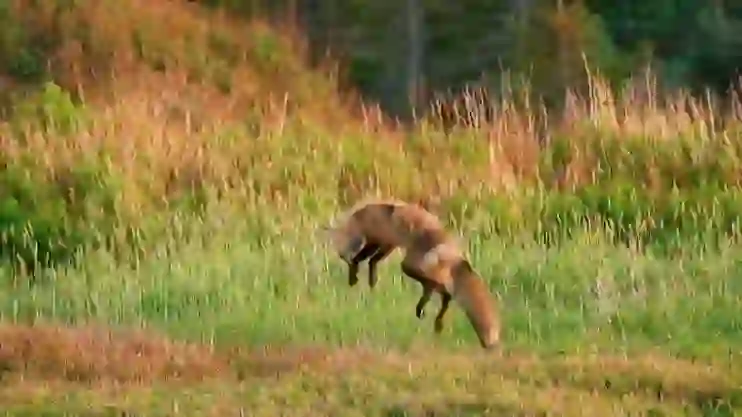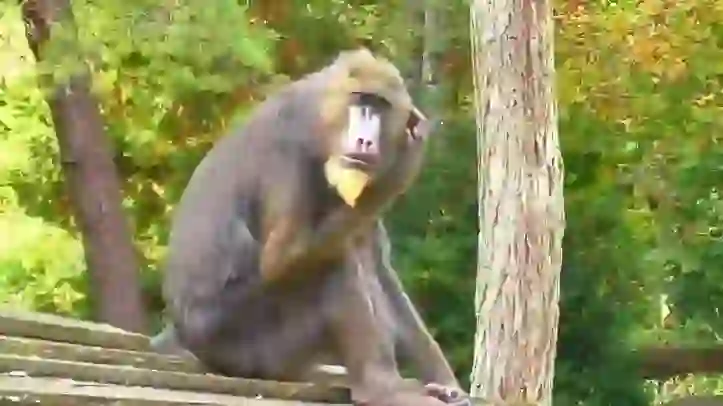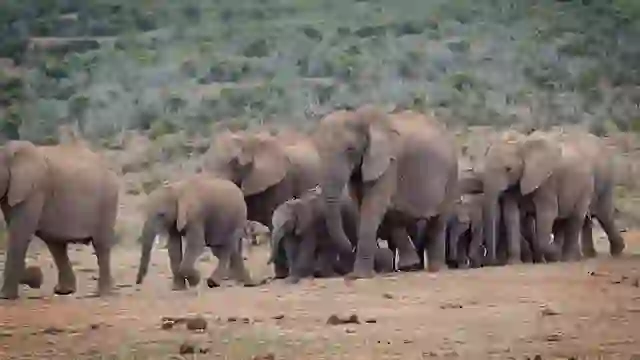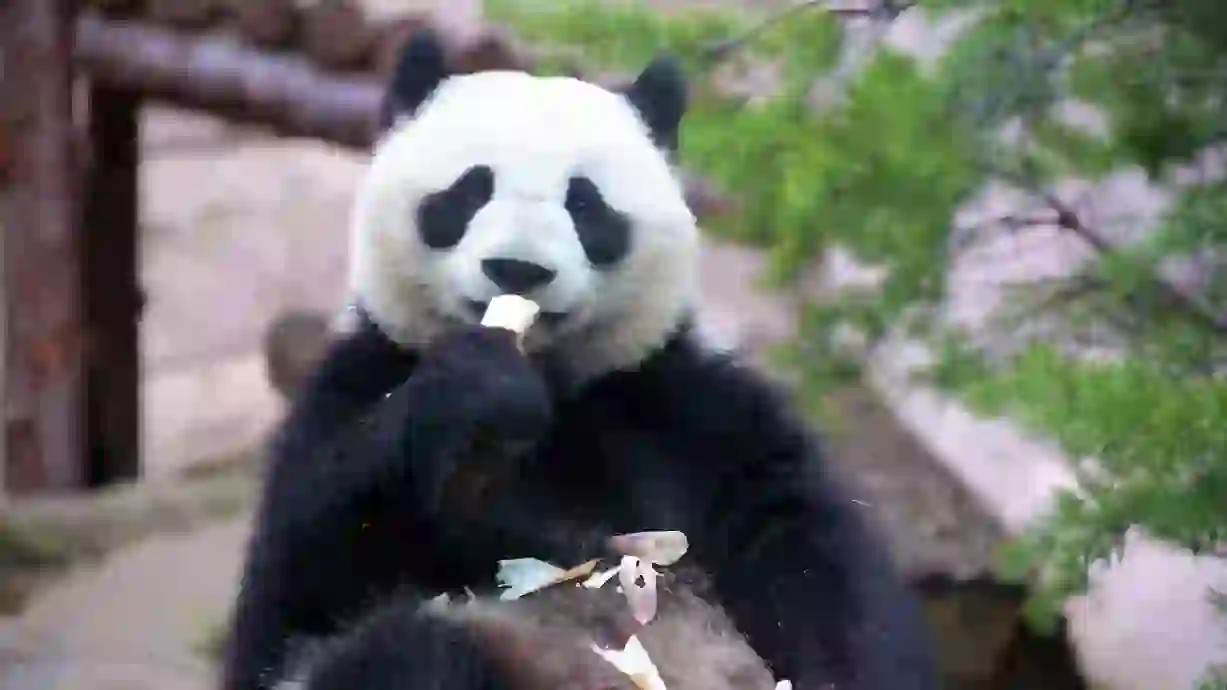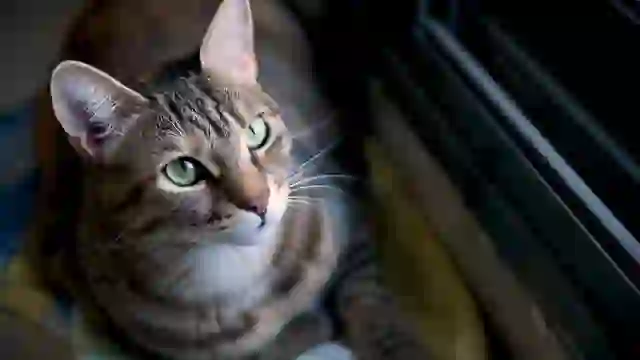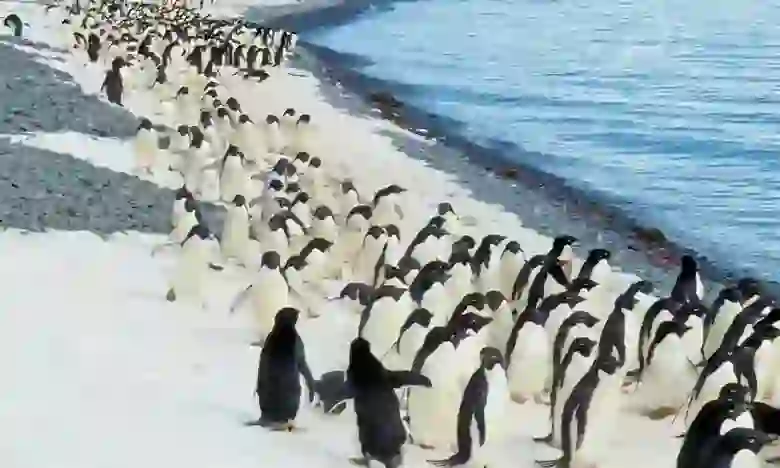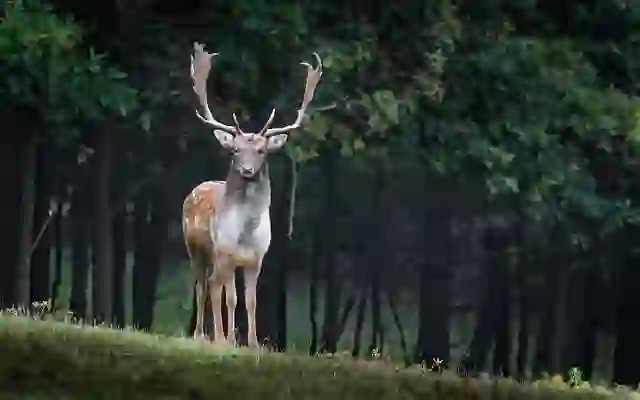
Brush-tailed Rock-wallaby
Brush-tailed Rock-wallaby
Brush-tailed Rock-wallaby
In the rocky terrain of eastern Australia, the brush-tailed rock-wallaby makes its home, its bushy tail a distinctive feature. These are resilient wallabies, adept at both rock hopping and tree climbing. Let's explore the fascinating world of the brush-tailed rock-wallaby, their ecology, the challenges they face, and the conservation efforts underway to protect them.
Brush-tailed Rock-wallaby Basic Infomation
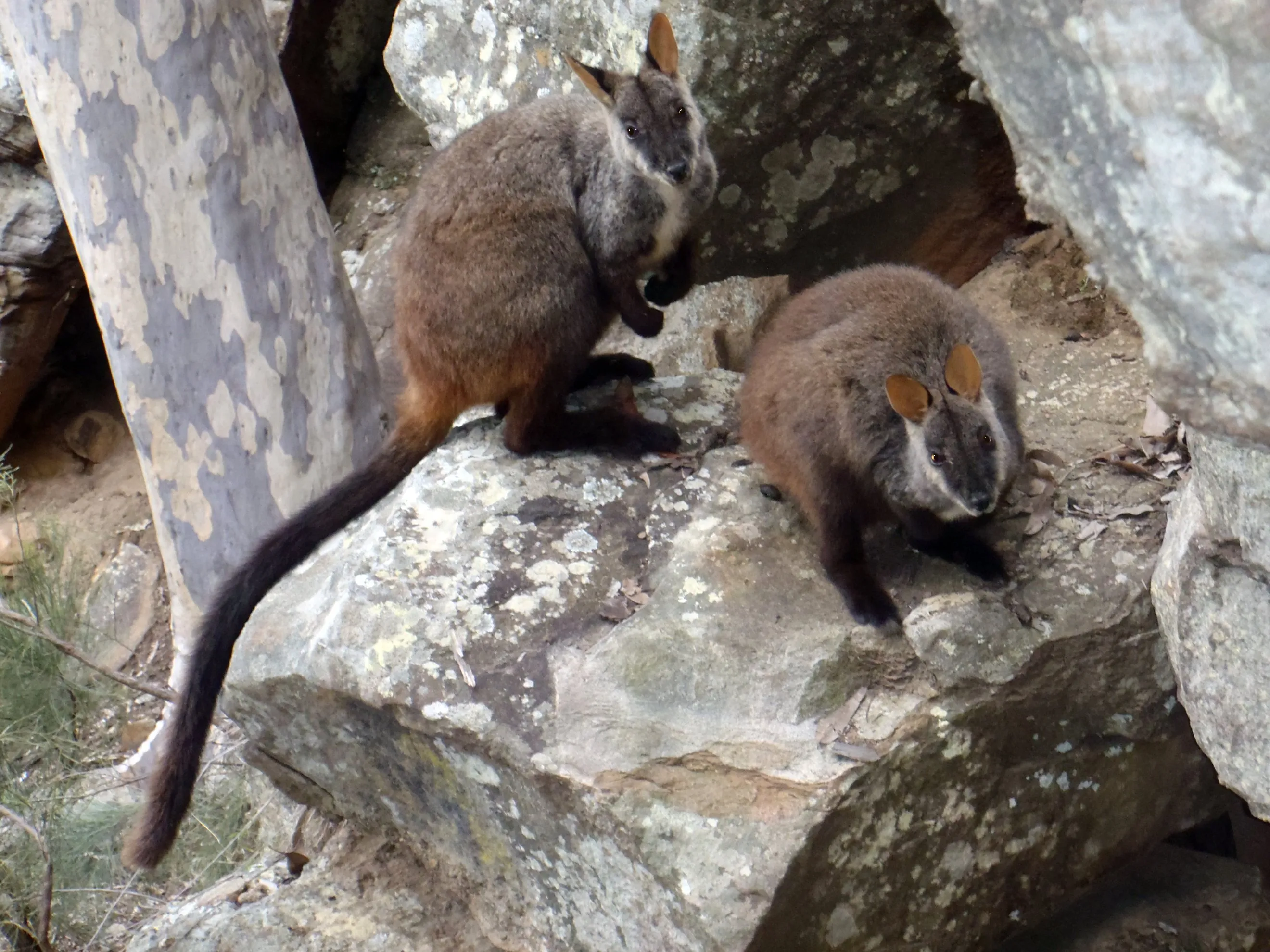
| Property | Value |
|---|---|
| Scientific Name | Petrogale penicillata |
| Taxonomic Status | ACCEPTED |
| Rank | SPECIES |
| Vernacular Names | Brush-tailed Rock-wallaby |
| Kingdom | Animalia |
| Phylum | Chordata |
| Class | Mammalia |
| Order | Diprotodontia |
| Family | Macropodidae |
| Genus | Petrogale |
| Habitats | Australia |
| Conservation Status | Near Threatened (NT) |
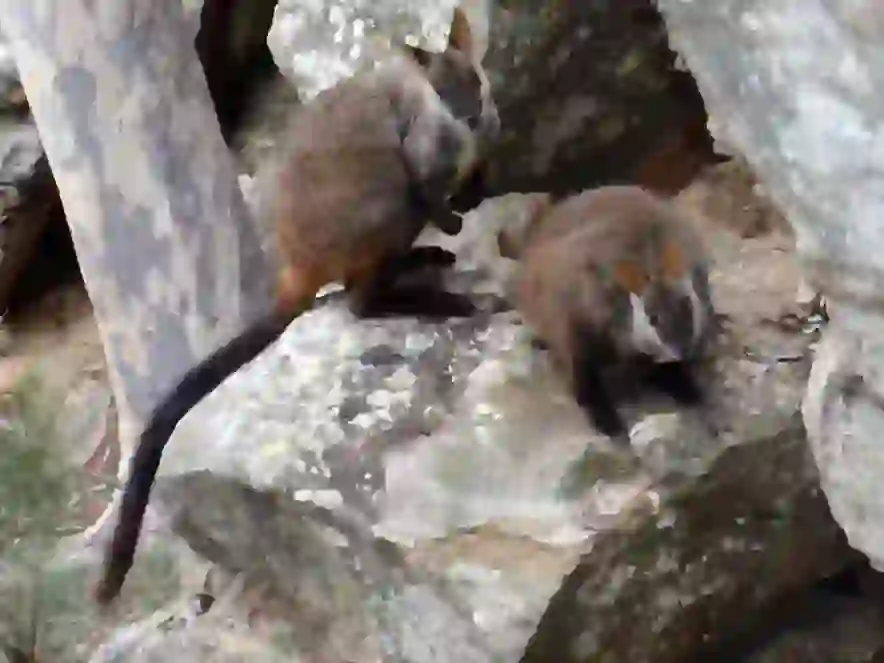
Size
They measure about 19 to 24 inches (50 to 60 centimeters) in body length, with their tails measuring around 20 to 28 inches (50 to 70 centimeters). They weigh about 11 to 20 pounds (5 to 9 kilograms), and males are larger than females.
Lifespan
Their lifespan in the wild is about 10 to 12 years.

Distribution
They were once widely distributed across eastern Australia, from southern Queensland to Victoria. However, their current distribution is limited to a few small, isolated populations in New South Wales and Victoria.
Brush-tailed Rock-wallaby Q&A

What kind of wallaby is the brush-tailed rock-wallaby?
The brush-tailed rock-wallaby is a medium-sized wallaby species belonging to the genus Petrogale.
As their name suggests, they are characterized by a bushy black-tipped tail. In English, they are called 'brush-tailed rock-wallabies.' They are found in the rocky and mountainous regions of eastern Australia and are herbivores, feeding on grasses and leaves. They are nocturnal, spending the day resting in the shade of rocks or in caves. They become active at night, foraging for food. They are often solitary, but can sometimes form small groups of a few to a dozen individuals.
What do brush-tailed rock-wallabies eat?
Brush-tailed rock-wallabies are herbivores and primarily eat grasses and leaves.
They are most active in the mornings and evenings, foraging for food. They have a good sense of smell, which allows them to find fallen fruits and seeds on the ground. They also like to eat succulents, which are plants that store water in their leaves, stems, and roots. They need to drink water and will travel to rivers or puddles to find water sources.

[Quiz!] Are brush-tailed rock-wallabies good at climbing trees?
Yes, brush-tailed rock-wallabies are good climbers!
They are more adept at climbing trees compared to other wallabies, with their longer, stronger forelegs and sharp claws, making them well-suited for climbing. They climb trees to find food, such as leaves and fruits, and to escape predators.
[Quiz!] Why are brush-tailed rock-wallabies endangered?
The brush-tailed rock-wallaby is listed as 'Near Threatened' (NT) on the IUCN (International Union for Conservation of Nature) Red List.
This means that they are likely to become endangered in the near future. There are three main reasons for their declining numbers:
- Habitat loss: Deforestation due to logging and agricultural development is destroying their forest habitat.
- Predation by introduced species: They are preyed upon by introduced species such as foxes and cats.
- Disease: Many brush-tailed rock-wallabies have died from diseases introduced by humans.
To protect brush-tailed rock-wallabies, it is important to protect their forest habitat, control introduced predators, and implement disease prevention measures.

Would you like to become a part of the 'Animalbook.jp'?
Turn your knowledge into Q&A and share it with the world. ※Publication will be activated after purchase. Let's share information together!
Brush-tailed Rock-wallaby Type of List

Efforts to Protect Brush-tailed Rock-wallabies
- Establishment of protected areas: National parks and wildlife sanctuaries have been established to protect the brush-tailed rock-wallaby's habitat.
- Control of introduced species: Foxes and cats are being controlled to increase the survival rate of brush-tailed rock-wallabies.
- Disease prevention measures: Disease prevention measures are being implemented to protect the health of brush-tailed rock-wallabies.
- Captive breeding programs: Zoos are breeding brush-tailed rock-wallabies in captivity and working to reintroduce them to the wild.
- Public awareness campaigns: Public awareness campaigns are being conducted to educate people about the plight of brush-tailed rock-wallabies and the importance of their conservation.
- These efforts are leading to a gradual increase in the number of brush-tailed rock-wallabies. However, the situation is not yet secure. The future of this species depends on the understanding and cooperation of each and every one of us.
Information
Congratulations! You are the first commenter!

Create Your Favorite List!
Brush-tailed Rock-wallaby
Save the animals you love! Build your own list to quickly revisit your favorites later.

Would you like to leave a comment?
※Please note: This is for the purchase of rights to post comments within the article.
Find Your Favorites!
Our shop offers a unique and attractive selection of goods themed around various animals.
Brush-tailed Rock-wallaby References
Brush-tailed Rock-wallaby Introduction of media used

Doug Beckers from Killcare Heights, Australia, CC BY-SA 2.0, via Wikimedia Commons
Power ML, Emery S, Gillings MR (2013), CC BY 2.5, via Wikimedia Commons

Help Enrich Our Animalbook.jp with Your Media!
We are constantly looking to expand and enrich our Animalbook.jp with amazing photos and videos of animals. If you have any media that you'd like to share, please contribute and help us showcase the beauty and diversity of the animal kingdom. Your submissions will be credited and featured in our encyclopedia, reaching a wide audience of animal lovers.



